Crop diversification and biocontrol
Within the network of ten field experiments in WP3, the Thünen Institute investigates how different crop diversification strategies affect aboveground natural enemies and their biocontrol potential.
Generalist ground-dwelling predators such carabids, spiders and staphylinids, occur in arable fields in large numbers and can play a relevant role in suppressing pest populations in agroecosystems. More diverse cropping systems may enhance the abundance and diversity of beneficial arthropods, providing them with alternative prey, hosts, food and suitable habitats to overwinter. However, experimental evidence is still lacking, in particular when different diversification strategies are tested in combination. Additionally, increasing enemy abundance does not always mean an increase in pest control, since both positive and negative interactions may occur among natural enemy species. It is therefore necessary to investigate not only the abundance and diversity of generalist predators, but also their potential contribution to pest control under field crop conditions.
As described previously, a set of standardized measurements is used in order to investigate activity density and the biocontrol potential of aboveground generalist predators. These methods were widely implemented in experimental field sites across Europe in 2019. During the growing season, samples were taken at six experimental sites within the network. Preliminary analyses of the data collected show the benefits of spatial diversification strategies with respect to the ecosystem services investigated. In particular, the cereal-grain legume intercropping system tested in the field experiment 3 (Gembloux, Belgium) had positive effects on the activity density of ground-dwelling predators in comparison to sole crops. In addition, the potential of these predators to contribute to biocontrol increased in the intercropping system, as shown by the predation rates measured for artificial baits.
Further sampling will be performed during the 2020 growing season, allowing us to gather more empirical data in order to continue our analyses within and across sites.
The response of soil microbiomes to crop diversification
Soil-inhabiting microorganisms including bacteria, archaea, fungi and protists together form the soil microbiome, which contributes to the decomposition of plant residues and the biogeochemical transformation of nutrients. Soil microorganisms can support plant growth and yield by increasing the availability of nitrogenous compounds for plants. Due to their metabolic activity, they may also have a direct impact on plant health, greenhouse gas production and the quality of ground water and soil structure. Finding the best management of these activities is still a major issue for soil microbiological research.
As part of DiverIMPACTS, three long-term field experiment sites located in Lelystad (The Netherlands), Hamerstorf (Germany) and Gembloux (Belgium) with different diversification strategies were selected. These sites were used to assess the implications of temporal and spatial diversification of cropping systems on soil microbial communities and their potential to transform nitrogenous compounds.
Four sampling campaigns over two years were conducted at each site and another one is planned for 2020 at the end of the growing season. Each sampling event generates 114 soil samples to analyse the soil microbiomes based on the information stored in the total soil DNA, i.e. their respective metagenomes. The abundance of bacteria, archaea and fungi and functional potentials of eight different genes linked to the transformation of nitrogenous compounds, including nitrification, denitrification and nitrogen fixation, were quantified by means of real-time PCR (Polymerase Chain Reaction).
The preliminary results derived from the first three sampling events show that agricultural management, including crop diversification and fertilization, does affect soil microbiomes. The quantitative abundance of the nifH gene (molecular nitrogen fixation indicator) was lower after the application of mineral nitrogen fertilizers, and crop diversification appeared to stimulate the nitrification potential of bacteria but not archaea, compared to the reference system.
As observed with two annual replicates, the seasonal fluctuation appears to have a strong impact on the abundance of many microbial genes. For example, the archaeal abundance reached a low point before the growing season while, at the same time, a higher archaeal nitrification potential was revealed. These observations indicate that seasonal and annual variations could play critical roles in assessing the impact of the diversified crop, and that the microbiome is sensitive to seasonal weather conditions.
After three sampling events, it is still too early to reveal generalized patterns. Further analyses, including high-throughput sequencing of selected PCR-amplified genes, are underway to identify the diversity of the dominant microbial community members and identify organisms which provide the critical functions in the biogeochemical cycling of nitrogen, as affected by the different cropping system.
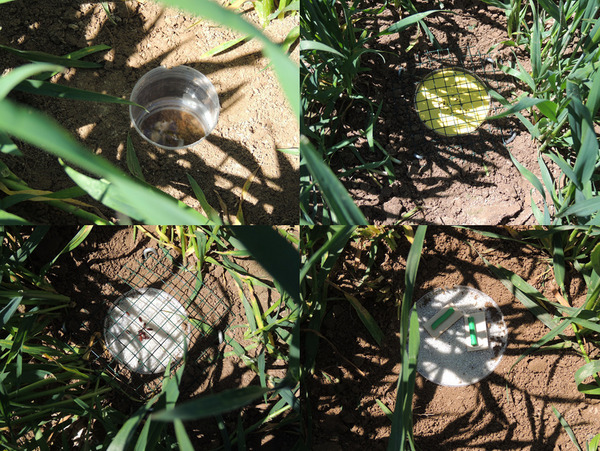
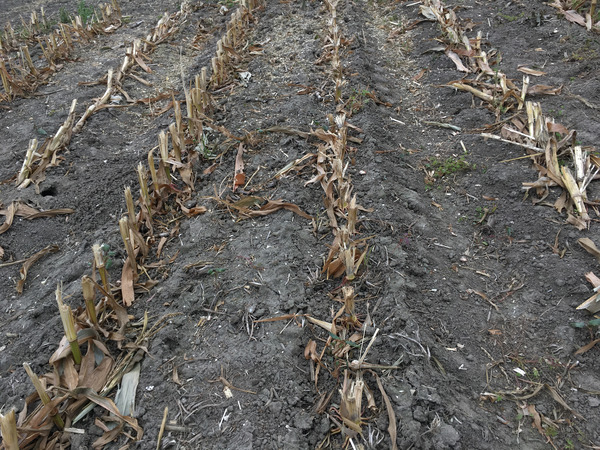
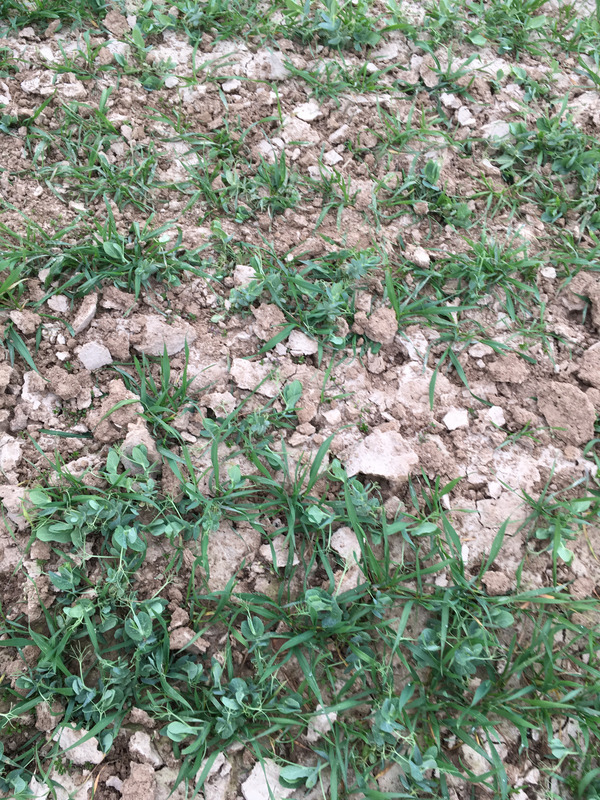
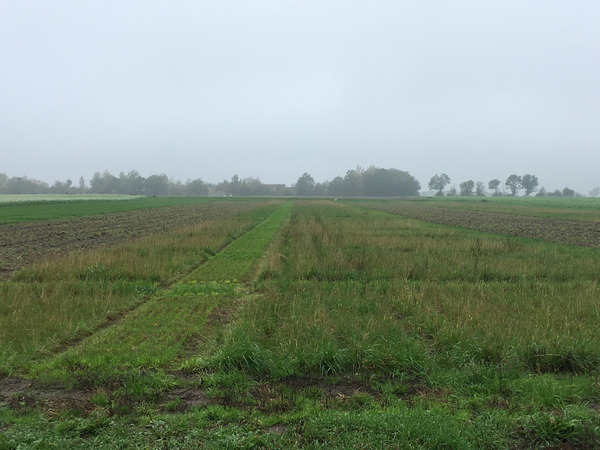


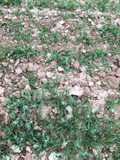

 tap and then scroll down to the Add to Home Screen command.
tap and then scroll down to the Add to Home Screen command.